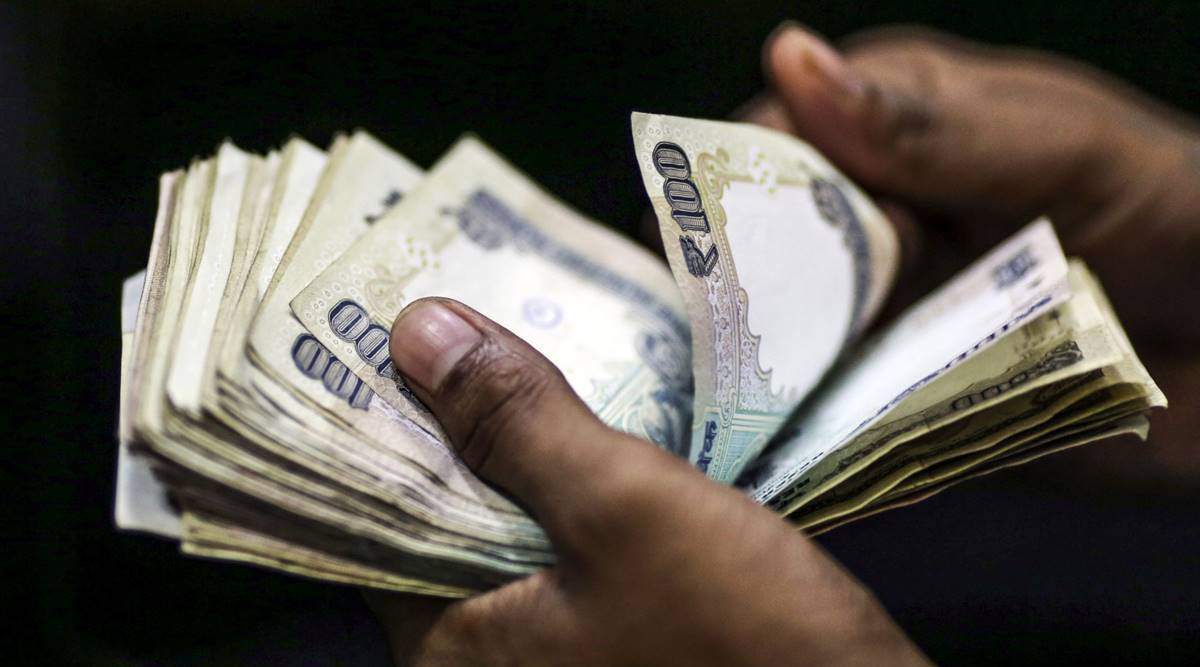Asia Bank’s Margins Decline Amidst Rate Hikes and Rising Bad Loans 2023

Asia Bank’s Margins Decline Amidst Rate Hikes and Rising Bad Loans 2023
Asia’s financial landscape is undergoing significant shifts, and a primary concern for investors and analysts alike is the impending dip in bank margins.
Two significant contributors to this looming challenge are the tightening of monetary policies across various Asian countries and a rising number of bad loans. Here’s a detailed look into how these factors are expected to play out and impact Asia’s banking industry.
Central banks across Asia are implementing or considering tighter monetary policies, primarily in response to global inflationary pressures and the need to stabilize their domestic economies.
When Asia’s leading banks report results this week, lending margins will be a key topic of discussion since margins are being eroded by peak interest rates. The struggling real estate sector’s unsettled debts are a problem for Chinese lenders as well.
Asian banks have so far avoided unpleasant earnings shocks; the HDFC Bank Ltd. report card from India, the sixth-largest lender globally, was well-received. In the meanwhile, difficulties in investment banking and trading have hurt the overall profitability of Wall Street heavyweights Goldman Sachs Group Inc. and Morgan Stanley, and it’s possible that Nomura Holdings Inc. of Japan has also had difficulties in its global markets division.
As deposit repricing catches up to loan repricing this week and the financial markets absorb the full impact of rate rises, United Overseas Bank Ltd. and Standard Chartered Plc could post sequentially flat-to-lower margins.

China Construction Bank’s real estate loans likely became bad when the financial problem for developers like Country Garden Holdings Co. grew worse. The steep sequential reduction in net interest margin at ICICI Bank Ltd. and Kotak Mahindra Bank Ltd. was ascribed by analysts to one-offs, and they predicted that future declines in margins would be more gradual.
According to RHB analysts, the performance of the treasury and investment division would heavily influence UOB’s earnings. Bank earnings in India are predicted to be hampered by sequentially reduced treasury income by experts like Kunal Shah of Citi Research.
The strength of Mukesh Ambani’s Reliance Industries Ltd.’s consumer division and a recovery in the refining industry will both contribute to the company’s expected positive earnings this Friday.
Banks often rely on borrowing from the central bank or other financial institutions. As interest rates rise, the cost of these borrowings also increases, leading to a squeeze on margins, especially if banks cannot pass on these costs to their customers.

Rising rates generally result in higher yields on new loans. However, if the rate increase is sudden and substantial, it may lead to reduced borrowing demand, affecting the bank’s lending volumes.
Not all of a bank’s assets and liabilities reprice at the same time. For instance, fixed-rate loans might not immediately benefit from the rate hikes, while variable-rate deposits might reprice quicker, squeezing margins.
Many Asian economies experienced growth slowdowns due to the pandemic. As businesses struggled, their ability to service loans deteriorated, leading to an increase in NPAs.
Prior to the pandemic, several sectors in Asia had significant leverage. The tourism, real estate, and infrastructure sectors, for instance, saw large-scale borrowing. As revenues declined due to economic factors, their debt became unsustainable.
The competitive banking landscape in parts of Asia led to lenient lending practices in the past. With economic hardships setting in, the implications of these practices are becoming apparent.

The combined effects of squeezed margins and increased provisioning for bad loans are likely to hurt profitability. We might see many banks reporting lower net interest margins (NIM) and higher credit costs.
Rising NPAs imply that banks might have to strengthen their capital positions to maintain regulatory capital adequacy ratios. This could result in capital-raising exercises, potentially diluting shareholder value.
Banks might adopt a more conservative lending approach, emphasizing sectors and borrowers with stronger credit profiles. This could slow credit growth but might lead to more sustainable portfolios in the long run.
Smaller banks, especially those with significant exposure to vulnerable sectors, might find it challenging to navigate the environment. This could trigger mergers and acquisitions, leading to a more consolidated banking sector.

Asian banks are at a pivotal juncture, with rising interest rates and bad loans posing considerable challenges. While the short-term outlook might seem grim, it’s essential to understand that these challenges also present opportunities.
Prudent management, effective risk assessment, and strategic consolidations could ensure that the Asian banking sector emerges stronger and more resilient in the face of these challenges.
Investors, meanwhile, need to be discerning, focusing on banks with solid fundamentals and clear strategies to navigate these tumultuous times.




